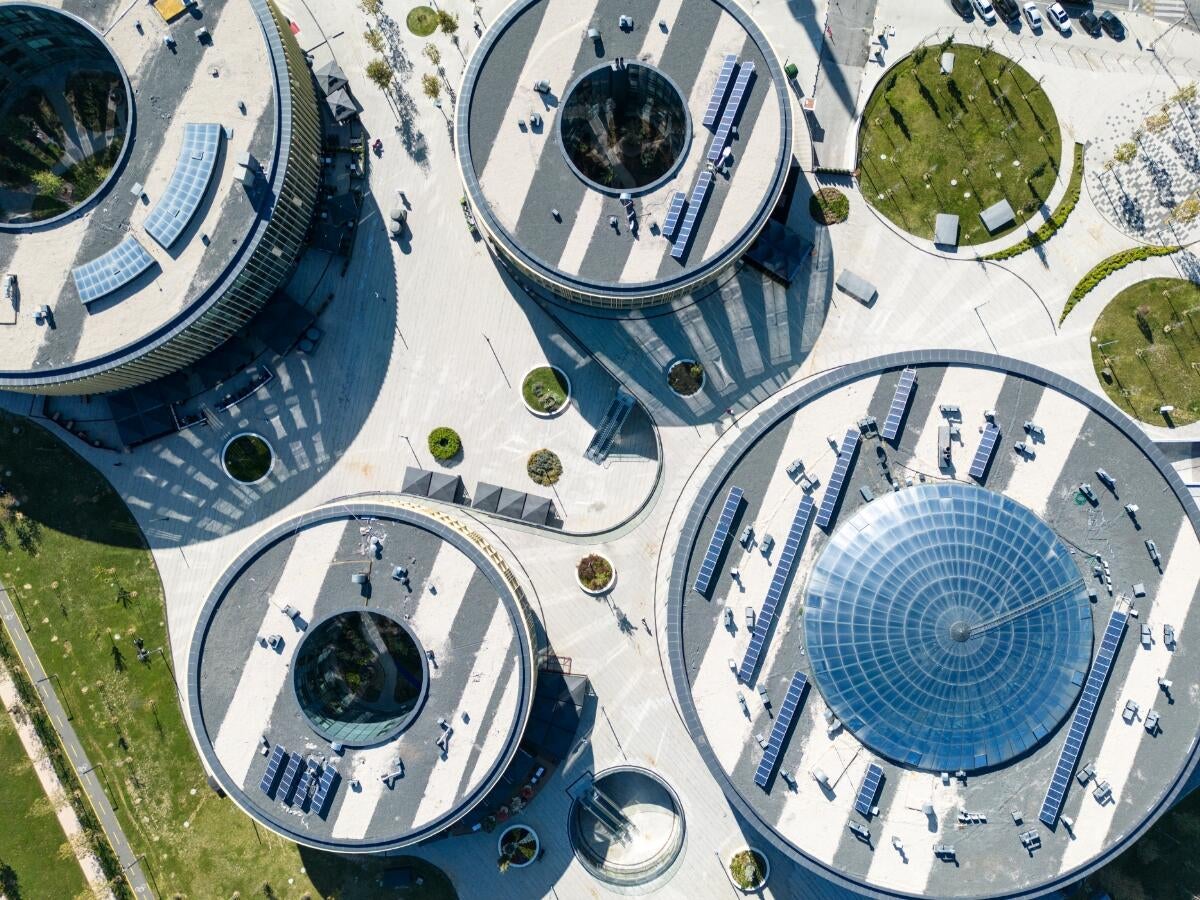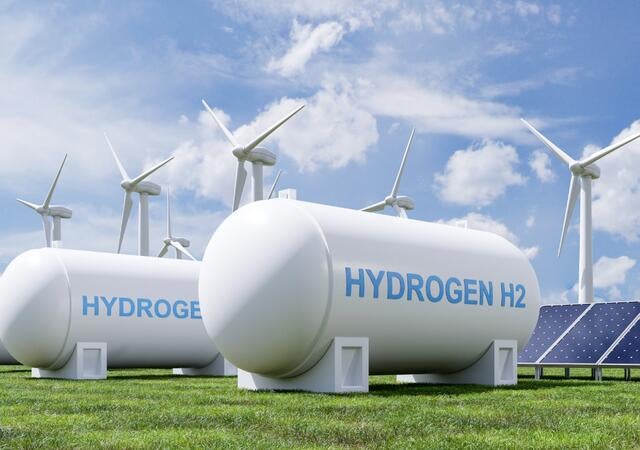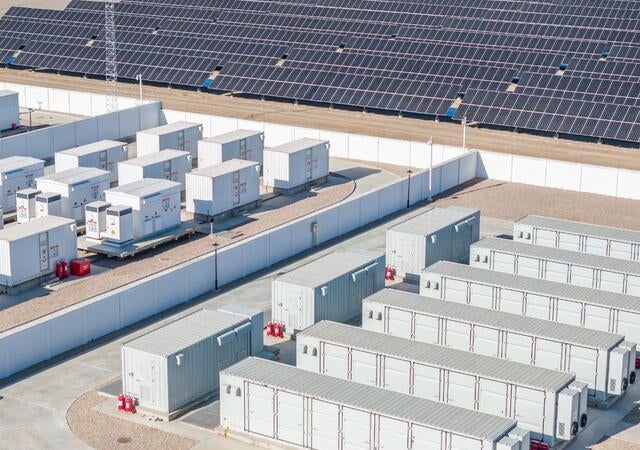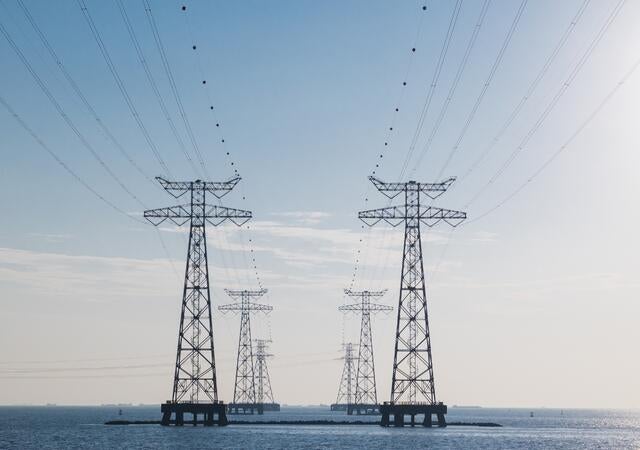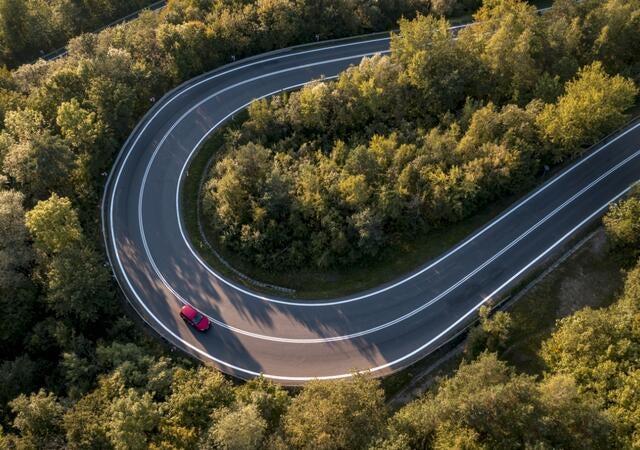Prioritize safer, more sustainable electrification in new and existing structures
Innovators are reimagining the built environment to drive electrification and decarbonization, introducing advanced technologies, sustainable materials and new safety considerations. UL Solutions testing, modeling and evaluation services help customers navigate uncertainty and assess emerging risks in both established and developing systems — supporting the design, construction, and operation of safer, more sustainable spaces.
Get help with new and existing structures
New builds and retrofits require different products, systems and approaches. Don’t settle for a one-size-fits-all electrification strategy.
Prioritize safety over all else
Adding renewable power generation and storage introduces risk from electric shock and fire. Tackle these challenges with expert guidance, plus testing, inspection and certification.
Integrate renewable power production
Make progress toward decarbonization goals by adding a building-integrated solar array or other microgrid system inspected by a trusted third-party service provider.
Services and software for energy-safe built environments

Building inspection services
Throughout a building's lifecycle, UL Solutions conducts inspections to determine a building’s life safety and security systems are in compliance with international code requirements.

ULTRUS™ HOMER® Pro Standalone Microgrids
This powerful software is purpose-built for optimizing microgrids and empowers building stakeholders to optimize renewable energy systems to achieve site-specific goals.

Containerized battery energy storage system (BESS) evaluation
We evaluate performance, safety, regulatory and code alignment, and suitability for intended applications of containerized BESS — covering technical, environmental and operational system aspects.

Testing and Certification for Battery Containment Enclosures (BCE)
Battery containment enclosures tested and certified according to UL 1487, the Standard for Battery Containment Enclosures, can improve user confidence and advance market acceptance.

Building-integrated PV (BIPV) testing and certification
Add renewable power on site to increase energy resilience and achieve sustainability certifications like LEED. We offer testing and certification for these systems to help customers demonstrate compliance with safety standards.

Testing, Certification and Advisory for Low GWP Refrigerants
Benefit from positive aspects of low-GWP refrigerants while addressing regulators' concerns about increased flammability through testing, advisory and training support from UL Solutions.
Meet the experts
Dwayne Sloan is a built environment and fire protection global leader with 35+ years at UL Solutions. He is passionate about helping the built environment community rise to the challenge of balancing sustainable, energy efficient design with maintaining building and fire safety. Dwayne is deeply involved in standards and code development and represents UL Solutions as a leader on a wide array of standards committees, including the Standards Council of National Fire Protection Association (NFPA) and International Fire Safety Standards Coalition.
Dwayne Sloan
Director, Principal Engineer, Built Environment

Additional support to shape your energy transition strategy
Get connected with our sales team
Thanks for your interest in our products and services. Let's collect some information so we can connect you with the right person.

